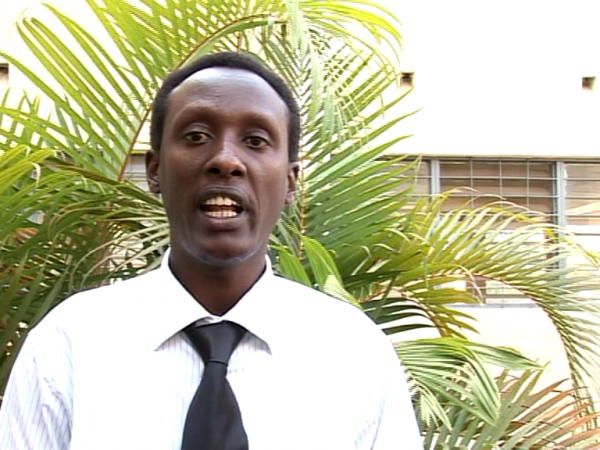For quite a long time, Burundi President Pierre Nkurunziza’s leadership has faced stiff hostility from political adversaries disguising as civil society activists and human rights defenders.
These so called activisits, we have learnt are sons and daughters of or else related to previous leaders who at a time of their reign pillaged the country, oppressed the majority population of Hutus and denied them education, and occupied high ranking positions in government and owned properties and riches of the country.
“Being no more in leadership, they feel they should depose the President so that they can restore their draconian rule, ” an official in Bujumbura said.
In this intelligence briefing, this website has learnt that following the lineage of leaders in Burundi, the minority Tusti social category ruled the country since 1966 to 1993 using an “iron hand” and there had never been a peaceful secession.

“All the leaders who happened to come from the same clan ‘Abahima’ under Tutsi social group group would takeover using a coup,” an official added.
Recap of Burundi’s security, political conflict
While under the Colonial rule of Belgians, Prince Louis Rwagasore rose against them and demanded for independence.
Unfortunately he didn’t leave to see his expectation as he was assassinated on 13th October 1961.
He is the Hero of Burundi’s independence.
Pierre Ngendandumwe succeeded the murdered prince and was assasinated in 1964.

Violence erupted in the country until 1966 when Captain Michel Micombero from Hima clan overthrew the Kingdom and proclaimed a Burundi a Republic.
His government in 1969 started eliminating the elite who happened to be Hutus.
In 1972 ,it degenerated into a reign of terror where all Hutus who knew how to read and write and businessmen were killed while hundreds of thousands of Hutu fled the country.
In fact some theories suggest that from 1966 to1976 it was a reign of Tutsi social group.
In 1976 John Baptist Bagaza tookover Micombero (his cousin) and he pursued the policy of discrimination and exclusion.
Bagaza was overthrown by Buyoya in 1987 and the two were related.
Buyoya led Burundi up to 1993 and in June first democratic elections were held and Melchior Ndayaye from the Hutu tribe won the polls.
He was killed after three months in office as President sparking off a civil war which ended in November 2003 when a Global Ceasefire was signed.
In 2005 the second democratic elections were held and CNDD-FDD headed by Pierre Nkurunziza won and declared as President.
However, he has since faced resistance from those who were in power from1962 till 2005, “it is their children or relatives who are now disguising in Civil Society Organizations whereas they are politicians who are looking at taking back power by using / politicizing human rights,” said another official.
Who are they?
Early this month, a self exiled Burundi activist staying in Belgium while in Canada, Pierre Claver Mbonimpa implored for rigorous funding of civil society organisations.
We are told that after unsuccessful bid to overthrow Nkurunziza’s government latest being 2015, they resorted to using NGO’s and Internationals Human Rights Organizations to malign the regime.
The four main radicals are Pacifique Nininahazwe who owns an NGO FOCODE, Vital Nshimirimana who operates FORSC, Lambert Nigarura who operates a coalition of ICC in Burundi and Armel Niyongera who runs ACAT.

The quartet operates outside Burundi together with other so called civil society activists and has connections Globally.
They receive funding and also finance other officials in the International Community to implicate Nkurunziza and his administration.
“They always travel to Europe and in some other countries neighbouring Burundi to lay strategies to depose Nkuruniza.
They allege that the country is unstable with anarchy at its peak but totally different on ground,” an official in Bujumbura concluded.
These radical opposition protagonists have invested heavily in propaganda machinery and always want to portray Burundi as a failing State.





